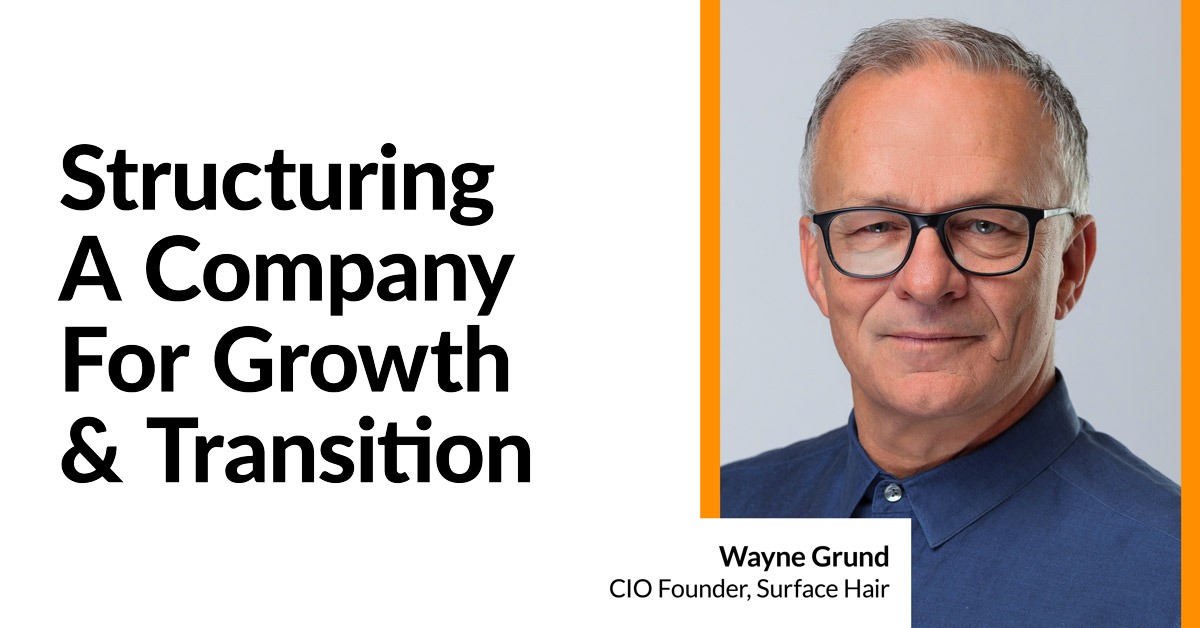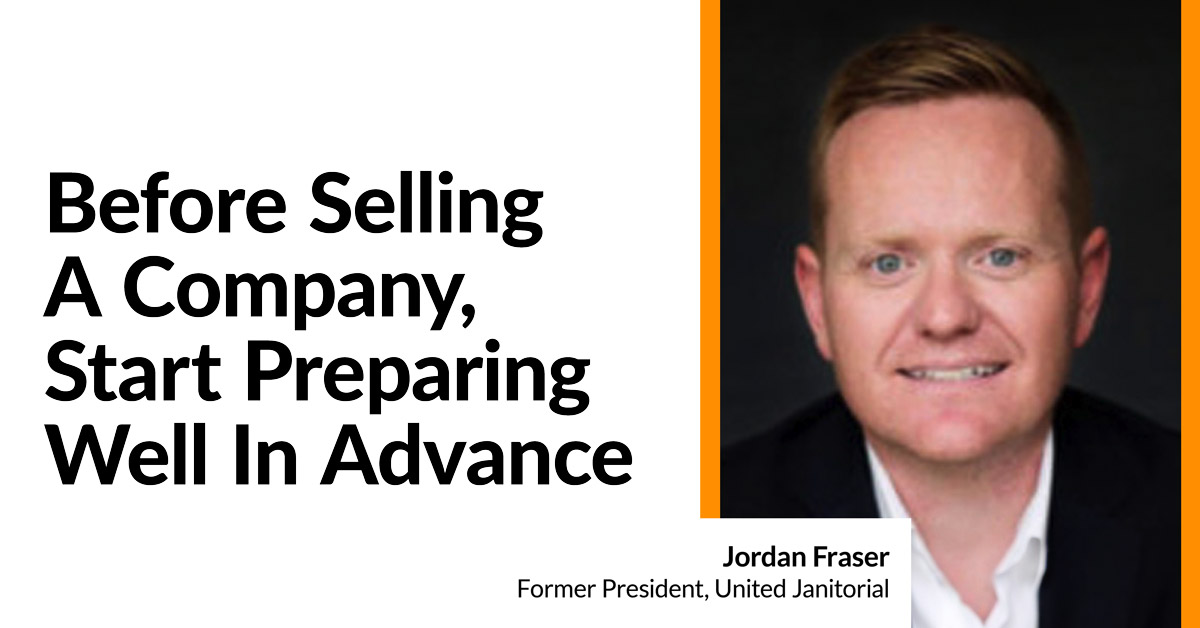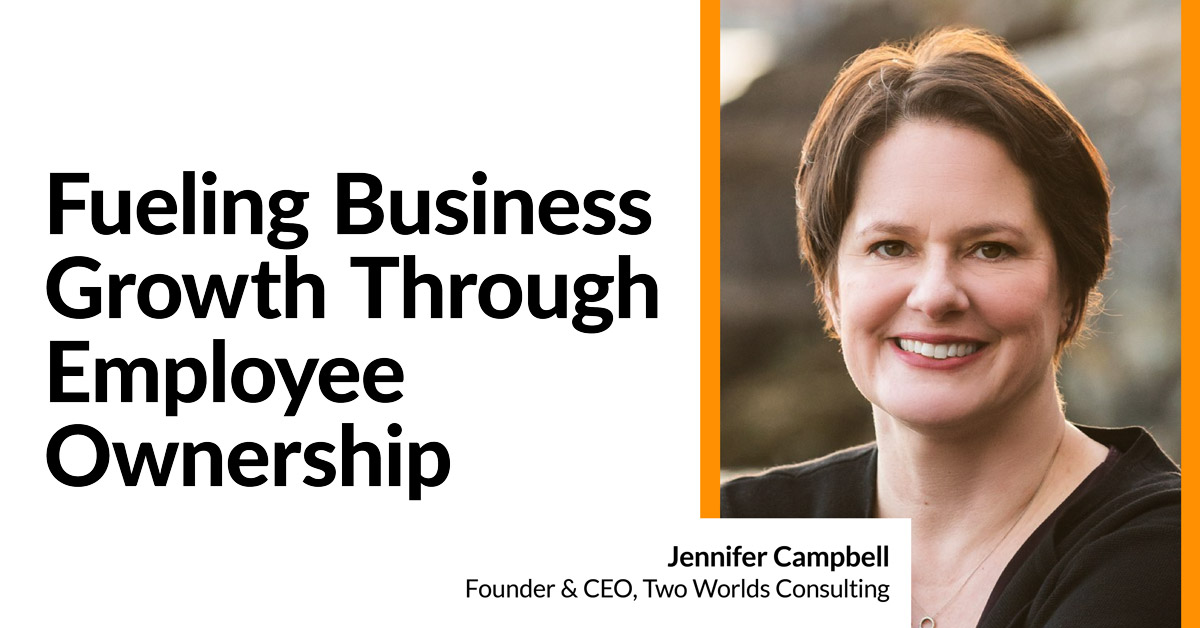The Real Deal Perspective – Know When To Stay And When To Walk Away
Bonnie Elgie

We kick off this issue with an in-depth conversation with James Pratt, a senior c-level executive and entrepreneur with prolific experience buying and selling companies, including two companies that were sold to NYSE listed companies.
After graduating from the Richard Ivey School of Business at Western University with an MBA, Jim became an investment banker at a national investment dealer in Toronto. In the early 1990’s he co-invested in Sepp’s Food Group, a specialty food manufacturing company located in Vancouver, which was later listed on the TSX. He held various positions over the years, including President, CFO and ultimately CEO when it was sold in 2010. Prior to joining Rhema Health Products as CEO, he was President and Director at Mazza Innovation, a botanical extract company, and co-owner of Prosnack Natural Foods, a manufacturer of healthy snack foods.
In this article, he shares practical and actionable advice, including:
- Why sellers should never be afraid to walk away from a deal
- The do’s and don’ts of the deal process
- Why it’s essential to get your stakeholders on-side early in the deal process
- How to see the benefit of a deal falling apart
James Pratt knows what it takes to buy or sell a company – and he says never be afraid to walk away from a deal. Over the years, James has grown companies through acquisitions, taken companies public and private, and sold businesses to NYSE listed companies. After originally starting his career in investment banking, he made the move to food and nutraceutical manufacturing industry as a co-founder and senior executive. Today, he works with family businesses and private equity firms, augmenting their management team in a CEO or CFO role, to prepare for a liquidity event such as an exit, merger or even financing.
James’ advice is well-founded on decades of deals. Pivoting away from his Bay Street career in finance, he invested in and joined Vancouver-based Sepp’s Gourmet Foods, growing it from a company with a million dollars in sales to almost $90 million in sales. The growth came largely through eight acquisitions made in eight years. It also provided some valuable learnings.
"When we were growing quickly and going public, we realized the importance of senior management bench strength. At one point, we had seven manufacturing facilities in three countries and the travel involved was very challenging. If you are acquiring companies, you have to make sure you have the bandwidth within your senior team to be able to support new operations and locations,” he says.
Other lessons learned in this high growth time included the importance of ensuring a cultural fit with new companies and recognizing how it impacts profitability.
He adds, “We had a really good culture in our Vancouver head office and it was hard to export that culture to the other plants and locations. As we grew the business, it began to feel like we were losing control. We ended up pulling back a bit because we figured out that despite the top line growth, we made more money when we had $30 million in sales than when we had $90 million.”
No matter how seasoned you are, the deal process is stressful and mental preparation is key to managing the competing demands of overseeing your business while going through the due diligence process.
“You have to be mentally prepared that a deal is going to take a while. It’s not going to happen in two months: it could be 12 months or it could be longer. You have to make sure that you've got a management team in place so if you take your eye off the ball for a period of time, that the company will continue to run. And more importantly, don't start buying the new cars or the new houses thinking that you’re going to sell the company because often times these things don't work out and then it very tough to re-engage.”
He adds that there are valuable lessons that come from a deal falling apart if you view it as a third-party audit of your company. For example, if the potential buyer is concerned that you only have three major customers, you can work on diversifying your customer base. James acknowledges emotions can run high when you are trying to sell a company that you’ve built over time but you have to understand it happens, resolve to re-engage and learn from the experience.
One of the other deal challenges James notes is the importance of getting key stakeholders onside — such as landlords, minority shareholders and major customers — early in the process. “Whenever we got tripped up in the process of selling a company, nine times out of 10 it was because of challenges getting the consents from key people,” he says. “Sometimes you have to get lawyers involved or try to ‘sweeten the pot’. For example, in the case of issues with a former landlord, we had to provide payment for the future remediation work required with the removal of rooftop refrigeration units.”
And when it comes to dealing with publicly listed companies, James can draw on his unique experience of doing deals with NYSE listed companies. He says they often have extensive management and support resources that can dwarf a smaller business.
“For example, when we sold our company in 2010, we had something like 25 pages of due diligence questions with 60 questions on each page. We had one or two people who could answer those questions, whereas their acquisition team had four or five people. The takeaway from that process is that it's important to balance running the business with answering the questions because there can be six to 12 months of back and forth information requests. You have a business to run and employees to look after so you need to be able to do it on your terms. You’ve got keep your eye on the ball.”
He adds that if your company is acquired by a large corporation, be prepared for an immediate culture shift. While some companies may want you to stay on and help with the transition, it can be difficult. “If you decide to stay on post-close, you need to realize that the world is going to change for your company and your employees.”
And when it comes to buying a company, culture is an equally important consideration. James recalls that as a company that did eight acquisitions in eight years, they had a good deal flow and process in place. But it was the culture and fit that could make a deal go sideways.
“If the deal went off the rails after our initial due diligence questions around financials, it was usually because there wasn’t a fit with the management team. A deal can look really promising and the financial metrics can be strong, but if you don’t have a relationship with the management team, who you need to stay around and help with operations, it’s not going to work.”
Finally, James reiterates the importance of looking at preparing to sell as a two-year process. Get your company ready to sell with current audited financials and a clean balance sheet. He also says you need to know what kind of buyer you are looking for. Strategic buyers are often competitors and can pay more than financial buyers, like private equity firms. Strategic buyers may not want senior executive to stay around post-deal, while financials buyers will want to keep the management team in place.
He adds, “Be prepared that two years is probably the minimum to get your company ready for sale and then it may take as long as a year to sell the company. And if a deal is not going in the right direction, be willing to say, ‘the time is not right and we're not going to sell now.’ What often happens in a case like that is you'll take the power back in the relationship and it becomes more balanced. As an owner/operator, you can do this. I’ve done this in my career a few times. Don't be afraid to walk away.”
BACK










